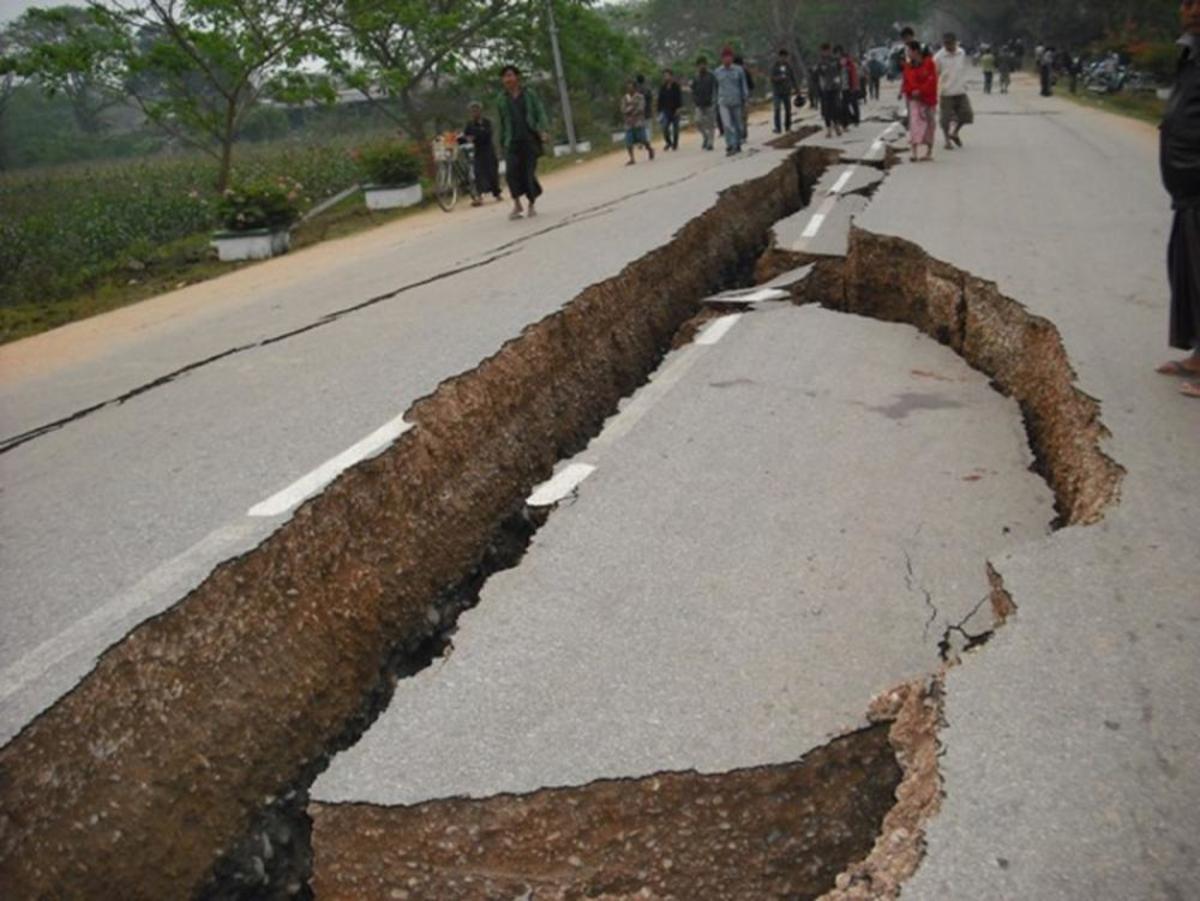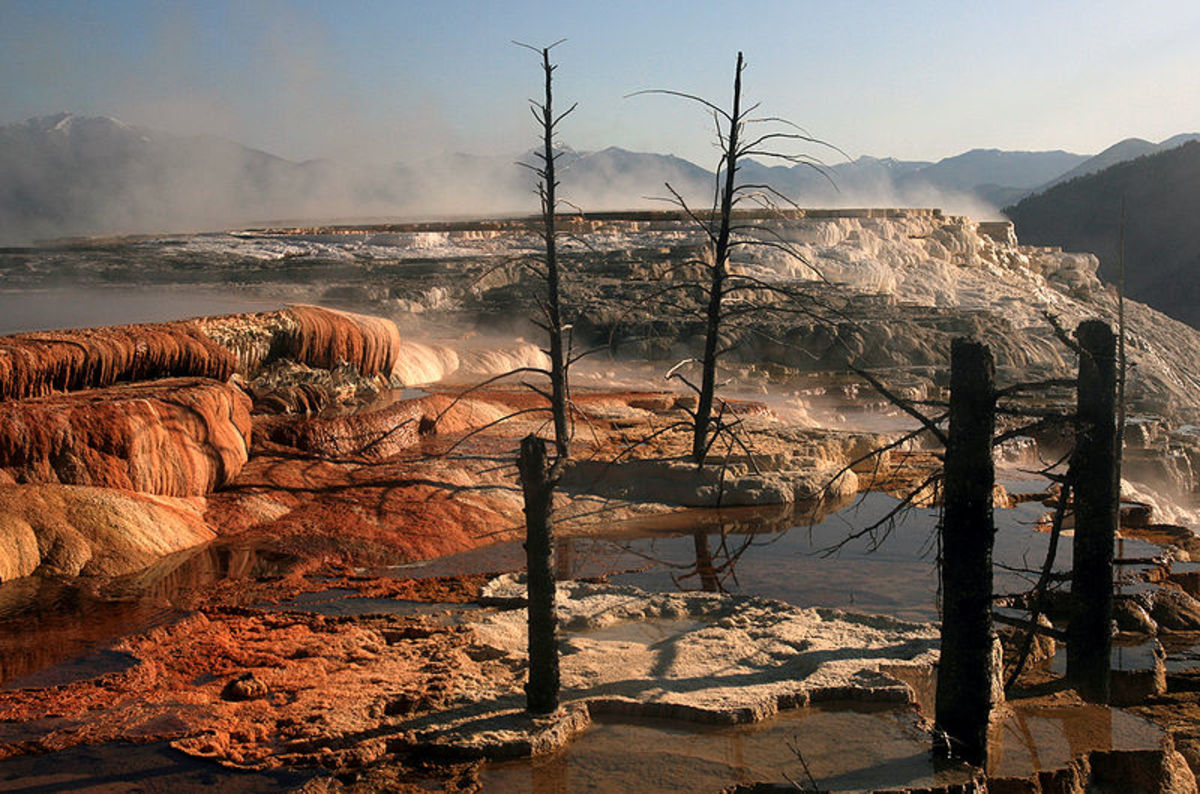Emergency Management & Earthquake Mitigation
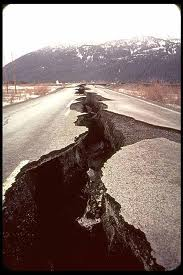
Imagine This: A 7.0 Earthquake Strikes Your Community
An important question for every city council man and woman to ask his or herself is, “are we ready today if an earthquake struck tomorrow or even next week?” Is there a plan for public safety that includes and supports evacuation for our community’s most vulnerable citizens efficiently? Does our municipality’s current preparedness support evacuation of the nearby nursing homes and schools? Are these buildings up to code structurally? How many different routes of evacuations are in place? Can our temporary shelters house and fulfill the needs of our population? Or, will our community fall short?
The 1977 Earthquake Hazards Reduction Act opened up a multiagency relationship creating the National Earthquake Hazards Reduction Program (NEHRP). In addition to NEHRP, is the “new” National Earthquake loss reduction Program (NEP) (The White House, USGS Executive Summary, 1996). The purpose of these programs is to devote the most effective means and resources to ensure that mitigation is not duplicitous, but instead focuses on identifying main concerns, finding solutions and evaluating goals. Tools available to communities include:
-
The Hazard Mitigation Grant Program (HMGP)
-
The Pre-Disaster Mitigation (PDM)
-
National Earthquake Hazards Reduction Program (NEHRP)
-
National Earthquake loss reduction Program (NEP)
Mitigation, Mitigation, Mitigation
It is known that, "mitigation programs are most successful when they are undertaken at the local level” (Haddow, Bullock, 2010).Mitigation is the development inside emergency management that takes place before a natural or man-made disaster arises, which prepares the community for the catastrophe. It incorporates the positioning of equipment, emergency evacuations centers and instituting building ordinances in order to lesson damages when disasters do ensue.The task of mitigation will provide efforts to look at long term resolutions to reducing risk and increasing public safety (Haddow, Bullock, 2010).The Hazard Mitigation Grant Program (HMGP) is multi agency effort, which includes:
-
Federal Emergency Management Agency (FEMA)
-
National Institute of Science and Technology (NIST)
-
National Science Foundation (NSF)
-
United States Geological Survey (USGS)
Together these agencies help emergency management develop an understanding of how to identify hazards, improve buildings and structures, educate citizens and “advance the overall mitigation method. This mitigation consist of forming community partnerships, performing risk assessments, prioritizing risk reduction and unrestrained collaborations within the municipality (Haddow, Bullock, 2010).
Test Your Knowledge
view quiz statisticsWhat the Public Is Entitled to: Municipality Customer Service from Public Leaders & Elected Officials
-
Customer service means understanding what information is needed by partners and customers. This allows the information to be delivered in a “timely and accurate” manner (Haddow & Bullock, 2010).
-
Leadership commitment is a pledge by emergency operations to, “… participate fully in the communications process” (Haddow & Bullock, 2010).
-
Inclusion of communications in planning and operations means involving communication specialists in emergency planning during training.
-
Situational awareness is operational communications, which model basic principles regarding gathering, examination and distribution of information from the affected area during an earthquake.
-
Media partnerships involve “…television, radio, Internet, newspapers, etc.” (Haddow & Bullock, 2010). Through training these partnerships get information to the residents of a municipality during a disaster.
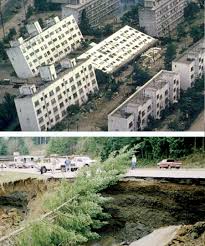
Preparedness Planning + Training = Money
Available Grants:
97.082 Earthquake Consortium
-
“Uses: For costs associated with providing guidance, technology transfer, and assistance to States and local communities with earthquake mitigation activities” (97.082 Earthquake Consortium, 2012).
-
Operation Safe Commerce (OSC) (97.058)
-
“To explore commercially viable options to enhance cargo security, including business processes and technology prototypes, which support containerized cargo supply chain security management while facilitating the flow of trade” (97.058 Operation Safe Commerce , 2012).
-
National Incident Management System (NIMS) (97.107)
-
“To support the development, integration, and deployment of incident management systems. This includes operational, technical and programmatic standards in support of nationwide implementation of the NIMS model; establish a unified approach to incident management as well as standard command and management structures” (97.107 NIMS, 2012).
What Goes Into a Community Preparedness Plan?
A communities’ preparedness is dependent on in its interaction within its own municipality. This collaboration extends to each of communities’ teams of first responders, the system of public works, businesses and residents. Training is essential and is an exceptional way to rate what parts of a preparedness plan are meeting goals and what parts are underperforming.
There is no substitute that will yield better results than regular preparedness training. Training allows the lines of communications between departments to be tested, evacuation routes to be planned, and identification of structural risks should an earthquake transpire. Moreover, a municipality’s preparedness drills will help to pinpoint members of the population that are vulnerable and may need assistance. The preparedness cycle permits evaluation to take place so that shortfalls can be corrected (Haddow& Bullock, 2010).
See Example: Assessment Performed
-
Infrastructure Assessment
Planning: Identify areas of underperformance, Preparation: Implement necessary changes to correct “short falls,” & Evaluation of the plan after making the appropriate changes identified in the preparedness cycle.
-
Organizational Capability Assessment: Fire, EMS, Hospitals, NGOs, businesses, system of public works, water authority, and the communities’ Department of Health & Urban Renewal Agency (URA) – These agencies should all be working together performing communication safety tests, training, reevaluating and repetitiously cycling, perhaps quarterly.
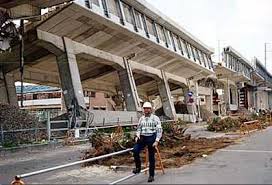
Preparedness Plan Payoff
According to the case study, “Project Impact and the Nisqually Earthquake” Olympia, Washington’s local first responders, NGOs, business leaders and individual community members had been exercising for three years before the earthquake struck on February 28, 2001 (Haddow & Bullock, 2010). Retrofitting of buildings saved lives and money. Also, at seven local schools that participated in Project Impact, risk assessment identified extremely “heavy and hazardous” water tanks in the attics. These water tanks where “decommissioned,” likely saving children’s lives (Haddow & Bullock, 2010). Evacuation was not hindered because this was an event that was prepared for when it happened instead of gambling on if it happened. A community’s response to an earthquake can be developed through training and utilizing the preparedness planning cycle.
“Project Impact and the Nisqually Earthquake” & How it was done:
-
Identifying business leaders
-
Engineers assessing and inspecting structural integrity within the community
-
Prioritizing solutions to identified problems
-
Offering instruction and leadership while engaging the public
Hazard Identification & Mapping & Federal Resources
-
National Flood Insurance Program (NFIP)
-
U.S. Geological Survey (USGS)
-
Geographic Information Systems (GIS)
-
RiskMap (FEMA’s Risk Mapping, Assessment, and Planning)
In order to alleviate or minimize disasters, identifying potential hazards is a must. Hazard identification and mapping are tools that every municipality must continue to learn about and utilize. In addition, FEMA’s HAZUS allows communities to estimate potential losses (Haddow & Bullock, 2010).
See Example:
FEMA’s HAZUS Estimates:
-
Physical destruction
-
Economic Loss
-
Public Impact (Haddow & Bullock, 2010)
This is tool that is available to state, tribal and local government. Moreover, it is accessible to the private sectors of municipalities, too. It is vital that this “user friendly” tool be used when considering mitigation factors in any community.
It should be noted that Project Impact was a successful campaign, which was discontinued under the Bush administration in 2002; however, Pre-Disaster Mitigation PDM grants are available (Haddow & Bullock, 2010).

Emergency Call List
Never delay notification this will ensure reinforcements of supplies, people and resources.
If An Earthquake Does Strike
In the aftermath of an earthquake,risk assessment must be completed. Hazard identification must take place to ensure public safety.
Dose-Response Assessment:
What health complications can be or will be occurred at different points in the after math of a 7.0 earthquake?
Or
What type of safety hazards are imposed by architecturally unfit structures?
Does Your Community Have a Plan?
For Example:
(1) Problem Formation
(2) Analyze Data
(3) Risk Characterization (EPA, 2012)
The four fundamentals to emergency response are essential when responding to a disaster; however, in the aftermath of a catastrophe an evaluation of state and federal agency resources, first responders, secondary emergency services and private sector resources must be conducted. The assessment of these four principles is essential to ensure that vulnerabilities can be identified, examined and that changes can be implemented in future preparedness planning cycles. The first step to fixing problems is identifying complications.
Is now the time, for your municipality to engage in much more preparedness training? While pre-disaster mitigation does require funding, grants are available. Furthermore, pre- disaster mitigation is a matter of public safety, saves money in the long run and is a part of customer service that each member of the community is entitled to, so get involved.
References
Federal Grants Wire. (2012).
Environmental Protection Agency. (2012). Ecological Risk Assessment. FEMA. (2014). Grants. Haddow, G. D. & Bullock, J. A. (2010). Introduction to emergency management (4th ed.). Burlington, MA.
Sibo, Daniel. (2007). Emergency Management & Homeland Security Division Michigan Department of State Police.
State of California Department of Conservation. (2007). Department of Conservation – Earthquakes.
The White House. (1996). USGS Executive Summary. Strategy for National Earthquake Loss Reduction.
© 2014 Suzanl







